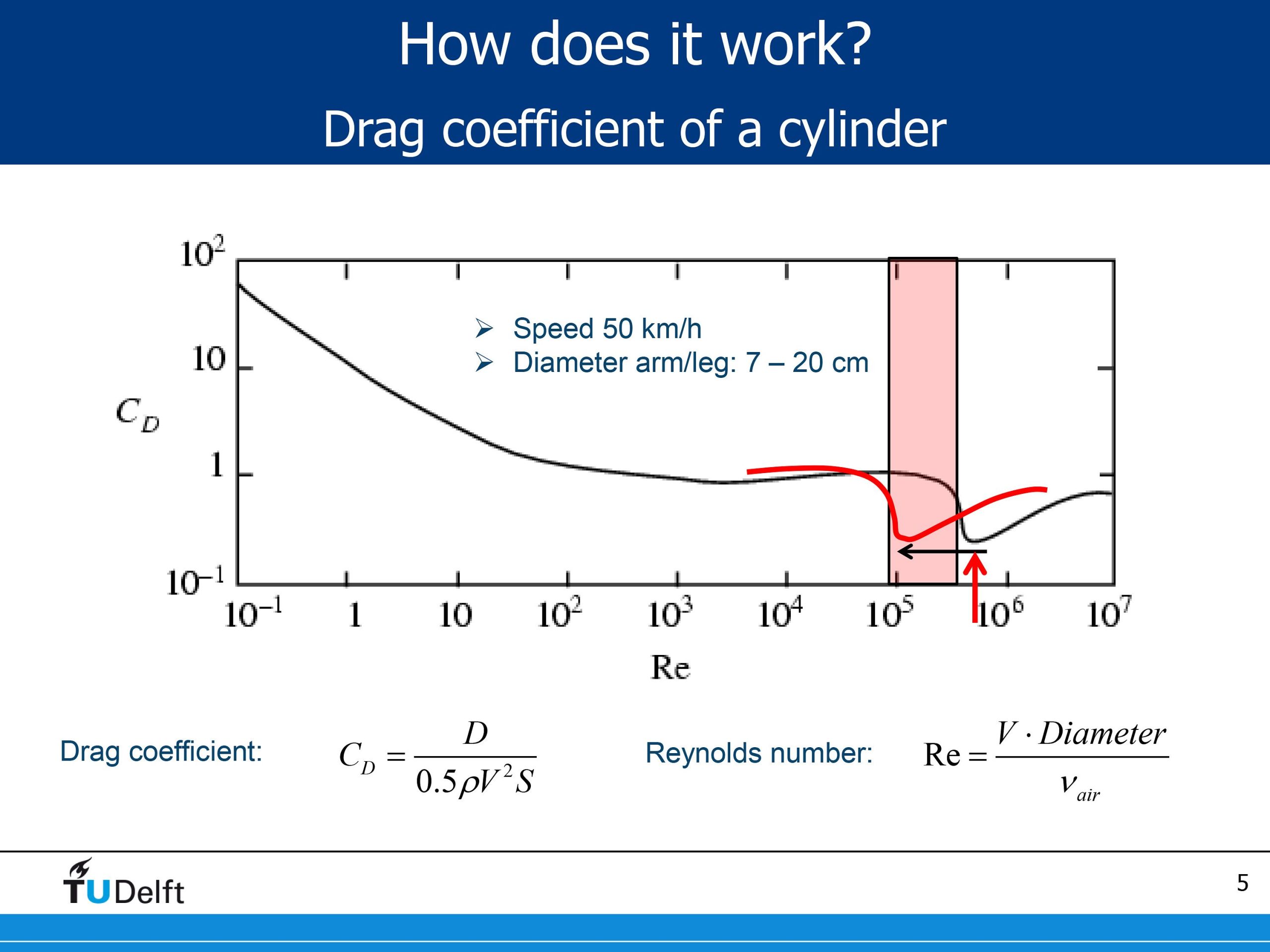Aerodynamic drag accounts for 95% of the total resistance in cycling time trials, PhD candidate Wouter Terra explained during the Science and Engineering Conference on Sports Engineering (Friday April 7th 2017).
Wouter Terra MSc was one of the researchers who worked on optimising the cycling suit for Giant-Alpacin cyclist, Tom Dumoulin, last summer. Their work resulted in a 1 to 1.5% reduction of drag. This may not sound much but, according to Terra, this equates to 15 seconds in a one hour time trial. Dumoulin was the fastest rider in the Tour de France time trial and second at the Olympic Games.
Tom Dumoulin 3D printed
Researchers at the Faculty of Aerospace Engineering’s Aerodynamics group used an advanced technique to visualise airstreams. The Particle Image Velocimetry (PIV) on this scale works with helium-filled soap bubbles and lasers in an open jet wind tunnel. The method is shown in a short TU Delft TV video entitled Bubble Flow.
In the time trial project, a mannequin modelled after Tom Dumoulin was placed in the airstream. Terra and his colleagues registered the airflows in its wake.
Zigzag magic
The first tests showed the effect of the zigzag stripes on the suit. The stripes, which are perpendicular to the airflow, disturb the laminar flow across the suit’s surface. The effect of this is that the airflow follows the contour more closely, and the wake narrows. There is a paradoxical effect, and that is that added roughness decreases the drag.


Reaching for the dip
But how much roughness works best? To find out, the researchers tested dozens of fabrics with different degrees of roughness to find the one with the least drag (the ‘dip’ in the graph above) at the typical time trial speed of 50 km/hour (14 m/s). Because of the different diameters of arms and upper or lower legs, the optimal roughness for each of these body parts differs.
As a result of these tests, a time trial suit was made from different materials for Dumoulin. In a comparative test in the wind tunnel, the patchwork suit had 1-1.5% less drag than the standard racing suit.
Wake narrowing
Another series of measurements shows that the wake behind the cyclist narrows with increasing air speed. By studying the airflow in more detail, Terra believes that the cycling suit may be even further optimised. He noticed, for example, that there is a difference in the flow at the inside and outside of arms and legs.



Comments are closed.